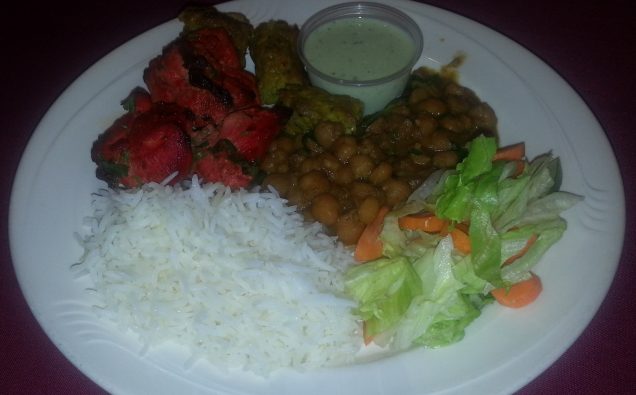
Views and News photo of a popular rice dish at Aabshaar Restaurant in Springfield, Virginia
Pakistan’s rice exporters have sought government’s support to capture India’s US $ 260 million business in the European market after the EU declared Indian cereals unfit due to presence of the fungicide Triclozole in it to unbearable limits.
“Pakistan can target India’s Basmati rice share in the EU market, following the stringent policies placed by the European Union on the presence of hazardous pesticides in the commodity,” says Chairman of Rice Exporters Association of Pakistan, Chaudhary Samiullah Naeem.
From January 1, 2018, all countries that export the popular Basmati rice to the EU region must bring down the maximum residue limit (MRL) level for Tricyclazole to 0.01 mg per kg. Up till now, the EU was accepting 1 mg per kg from different countries, including India.
“Pakistan can enhance its rice export to EU from 150,000 ton to 350,000 ton, grabbing the share of 200,000 tons of Indian rice export to EU which may be stopped due to strict regulations,” Naeem says.
Tricyclazole is a fungicide used by Indian farmers in more than 70 percent of basmati crops while Pakistan’s farmers do not use such chemicals to protect their crops.
“The Basmati varieties grown in Pakistan do not require use of the fungicide and stand to gain from the de-facto ban on Indian exports,” Ali Hussam Asghar, a Lahore-based rice exporter, says.
India had exported rice of around 350,000 tons worth $260 million to the European Union countries in last fiscal year, 70 percent of which has tricyclazole limit of 1mg/1kg.
Exporters believe that a matching grant from the government can help Pakistani rice find a place at the international store chains. Pakistan’s brand can get space by replacing the Indian Basmati in Europe’s mega stores.
“This presents an opportunity to grab India’s market share, because it will at least take two cycles to reduce the consumption of Tricyclazole in India.” Says Asghar.
Pakistani rice – ranked among the top in the world – is the country’s second major exportable commodity after the textiles.

















